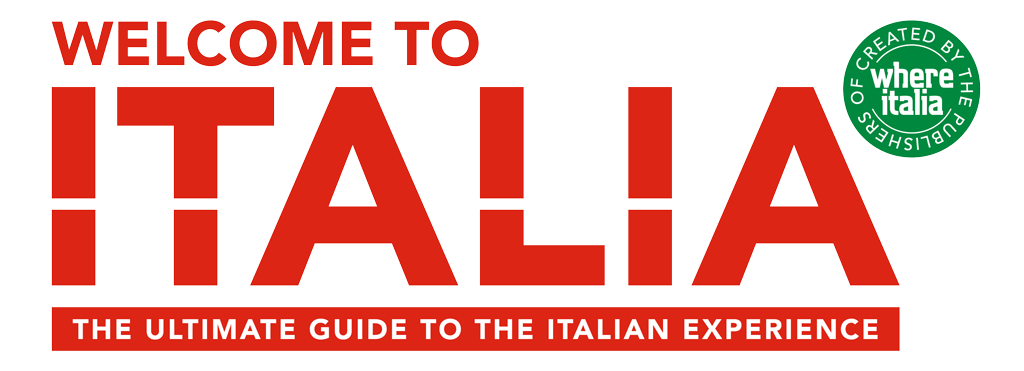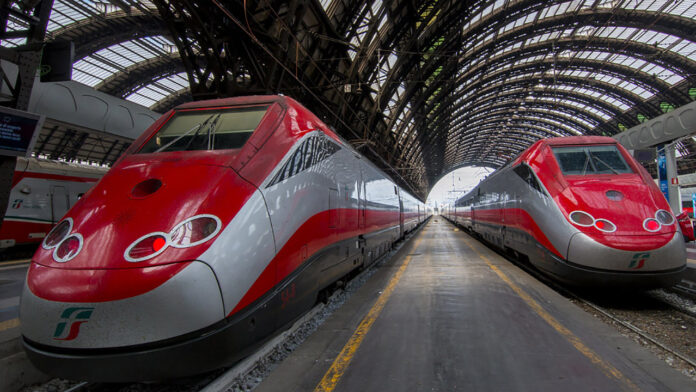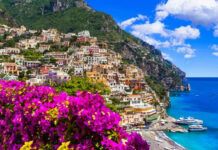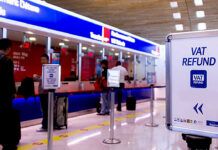Thanks to its reduced-size geographical area, smaller in surface than other nations in Europe, and to a long, widespread railway connection, Italy can be crossed and enjoyed from North to South and from West to East by train. Train connections, indeed, reduce the distance from one major city to another and offer a good solution to those who don’t wish (or feel like) driving in Italy. It is reportedly said – though not always true – that Italians are considered ‘bad drivers’ because of their high speed. Moreover, while on a train, travellers also have the chance to admire the marvellous landscape Italy has to offer, with all its variations in colours and shapes, as well as taking pictures from a privileged position. Some railway lines, indeed, are located on spots of unique beauty.
Why Trains?
Travelling by train helps saving money that would otherwise be needed for highway tolls, fuel, parking, car rental etc, and in some cases also offers additional services that enable travellers to chill out, relax or work while onboard. These include wi-fi connection, food and beverage, air conditioning for the hottest summer days and heating in Fall and Winter.
However, it must be kept into account that, while air conditioning and heating are provided on all types of trains, additional services are only available on high-speed trains such as Frecciarossa, Frecciabianca, Frecciargento and Italo.
Do all trains offer the same service? No!
Truth be told, some trains are way more efficient – and so, more advised – than others. But according to which parameters? Well, first based on speed, punctuality, reliability, additional services and, of course, value for money. According to these factors, we strongly advise travellers to opt for high-speed trains which combine all these factors for affordable fares, especially if booked in advance. High-speed trains in Italy are provided by two companies: Trenitalia, with its ‘Frecce’ trains and Italo.
Please note, delays and suppressions of one’s journey may happen also for high-speed trains, though they are less frequent than on regional, smaller trains.
Here are some of the features that differentiate the different high-speed trains by Trenitalia:
Trains by Trenitalia (the national railway company)
Frecciarossa only travels on the high-speed lane, with a maximum speed of 300 km/h. These trains only stop in the featured major cities and do not stop in intermediate stations. The Frecciarossa networks span from North to South and from West to East, making distance shorter and connecting all the most important cities for culture, tourism and business in Italy.
Frecciargento trains use both high-speed and traditional railway lines and travel up to 250 km/h. With over 48 trains per day, they connect Rome to important cities in Italy. These include Verona, Venice, Bolzano, Reggio Calabria, Mantova, Genoa and Bari. All additional services are included.
Frecciabianca trains travel on traditional railway lines – not high-speed ones though – from 5 am to 9 pm, with over 42 trains per day and provide travellers with comfort and quality service. They connect medium and big-size cities. The featured destinations include Milan, Rome, Turin, Venice, Florence, Genoa, Pescara, Lecce, Ravenna, Reggio Calabria, Taranto and Bari.
Please note that timetables for all Trenitalia trains may slightly change in the summer months.
Trains by Italo:
Italo is a private-owned company, the only competitor of Trenitalia in the country. Its offer includes only new, fast and elegant trains, while Trenitalia also features slower (and cheaper) train lines of Regionale trains. Like Trenitalia with its Freccia trains, Italo connects some of the stations of the major Italian cities, including Florence, Rome, Naples and Milan, as well as a few intermediate smaller stops.
Regional Trains
Other smaller companies such as Trenord, connecting the smaller cities in the area of Milan and Lombardy, as well as the lake district, run in Northern Italy. Trenitalia itself offers a vast array of regional trains connecting the different destinations in Italy. These trains though are older, more crowded (it may happen that travellers do not have a seat booked and have to travel standing still for a while) are do not offer additional services (wi-fi and dining options). Moreover, they are more likely to find traffic on the lane, which may result in important delays.
One plus: these picturesque small regional trains are the only trains that enable travellers to reach smaller cities and secluded villages with a particular allure. The beautiful destinations reached are worth the long journey.
Please note that, apart from Milan Malpensa airport, which is connected to the city centre with a direct train, the Malpensa Express powered by Trenord, other Italian airports do not have direct trains and have to be reached with complimentary taxi or bus services.
Strikes, delays, train suppressions and other issues
Though these issues are more commonly associated with small, regional trains, it may happen that even the most efficient trains are subject to strikes or have delays and cancellations. It must be taken into account that regional trains often offer poor English-speaking guest service and do not allow refund of the travel ticket in case of delay and cancellation.
For what concerns Frecce and Italo, assistance in case of need can be found online, with efficient service also for English-speaking international travellers.
However, travellers must keep in mind that a refund of 25% on the ticket price is allowed only if the delay goes over 30 minutes. The refund can also be used within 12 months on the price of another train ticket.
It is strongly advised to opt for an online ticket as, besides avoiding queues at the ticket offices, it also enables easiest reimbursement processes in case of need.
Please note that in Italy in case of controversy, the only legally valid document is the ‘raccomandata’ which must be filled in and sent from a local post office by Poste Italiane.










